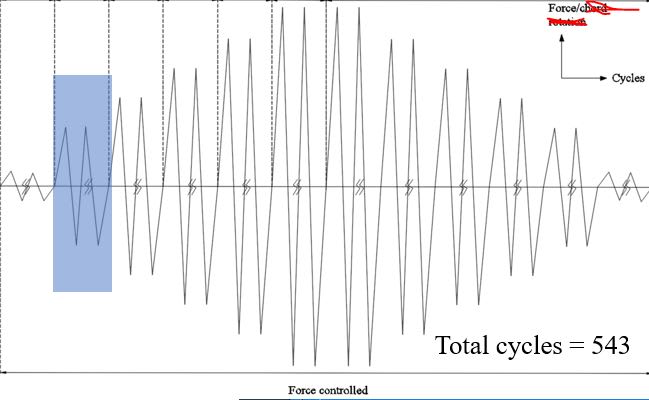Hi everyone! I am working on ABAQUS model which consists of a reinforced concrete wall and has a cantilevered W-shaped steel beam embedded (see attached picture). The steel beam is subjected to a cyclic shear loading whereas the wall has its base fixed. I am using explicit analysis.
When I look at the beam's displacement at the loading point, I am seeing fluctuation at the beginning of the loading. The kinetic energy at those cycles is also fluctuating. However, the kinetic energy is very small as compared to internal energy of the model. Please refer to attached graphs.
Can anyone suggest me what is going on and how can I eliminate this to get the consistent displacements?
Thank you in advance.
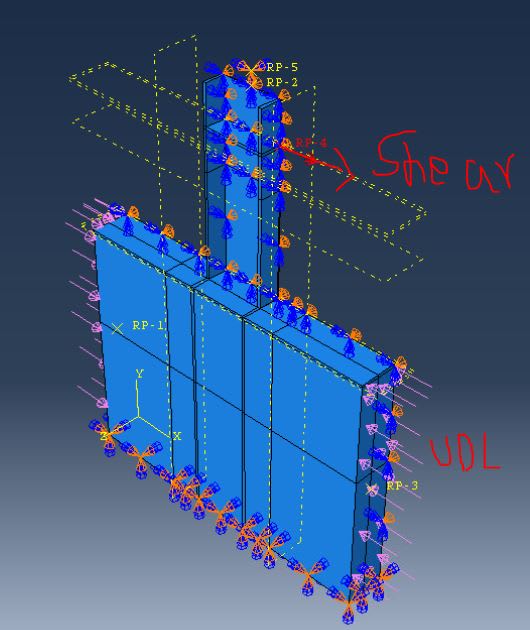
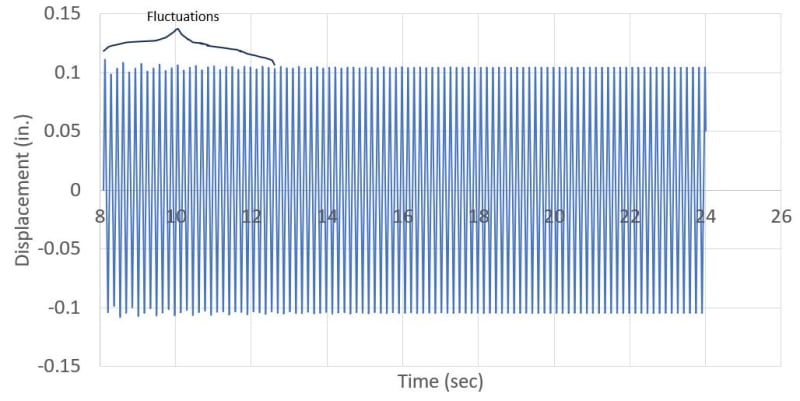
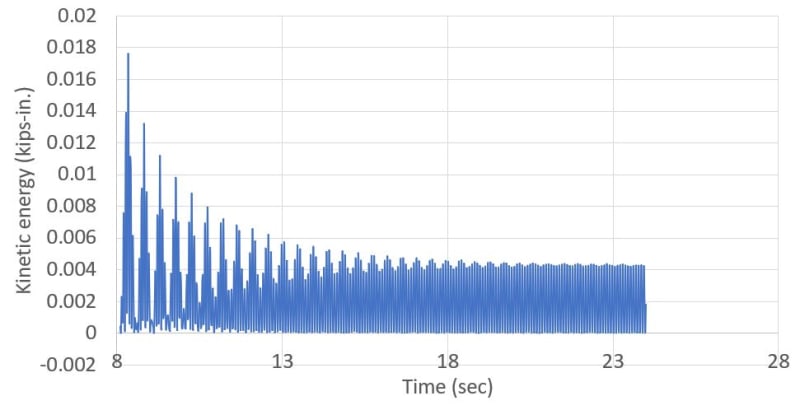
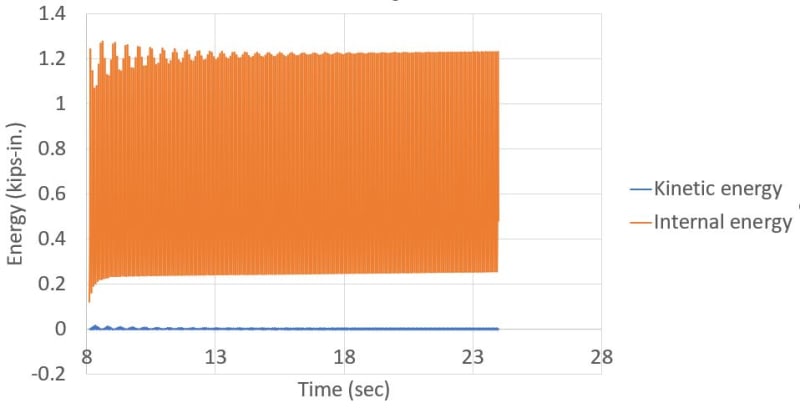
When I look at the beam's displacement at the loading point, I am seeing fluctuation at the beginning of the loading. The kinetic energy at those cycles is also fluctuating. However, the kinetic energy is very small as compared to internal energy of the model. Please refer to attached graphs.
Can anyone suggest me what is going on and how can I eliminate this to get the consistent displacements?
Thank you in advance.





